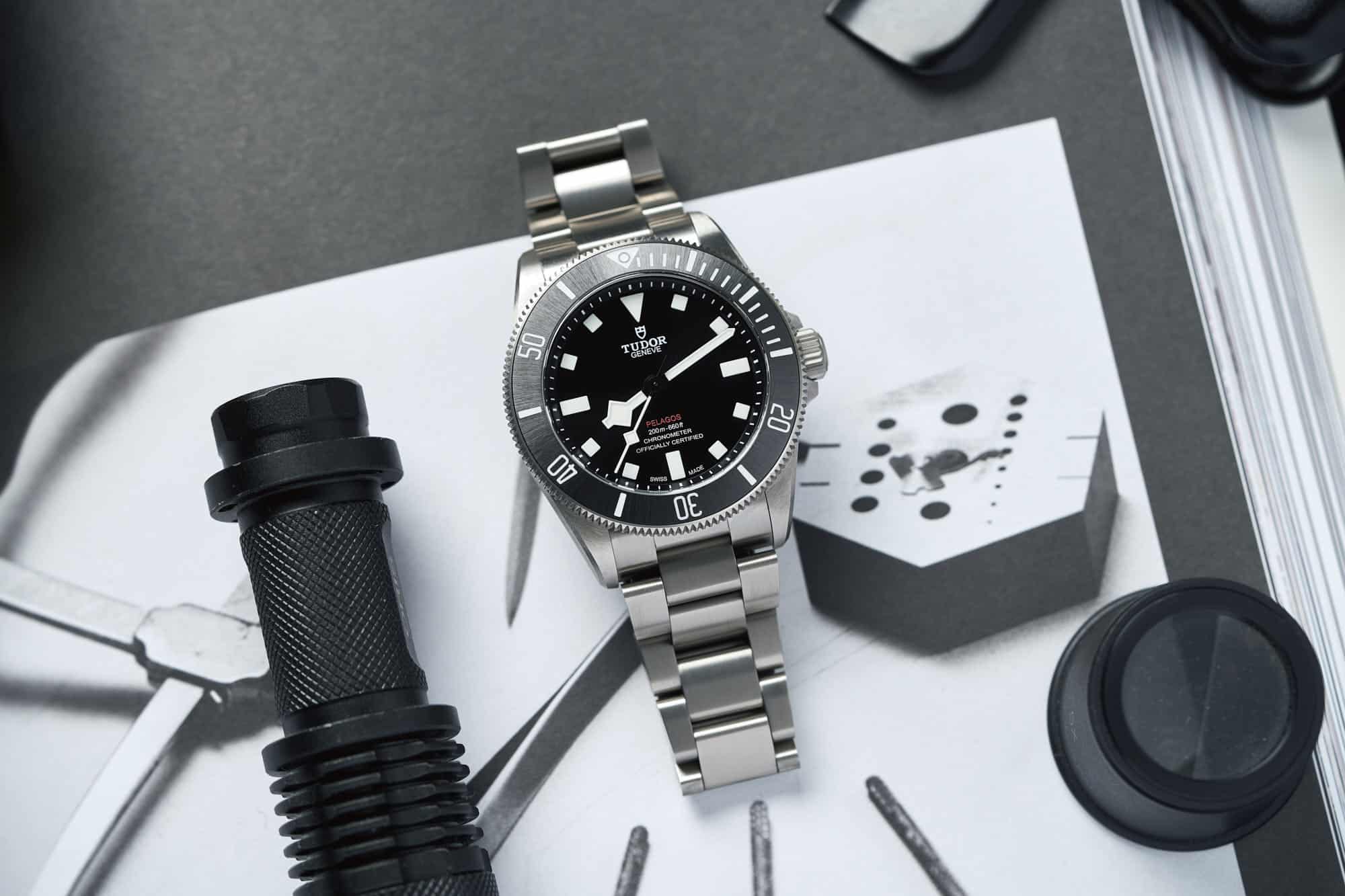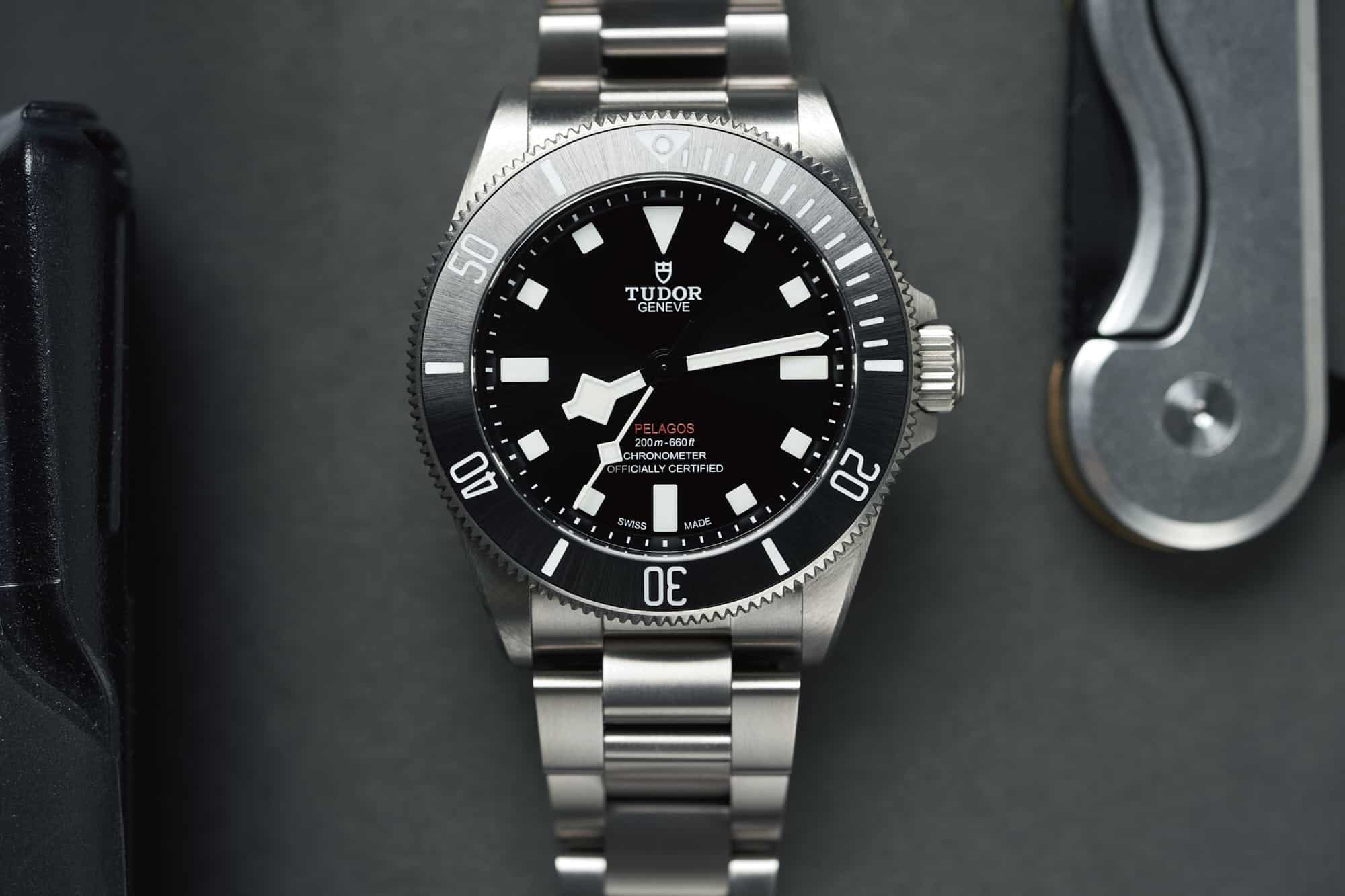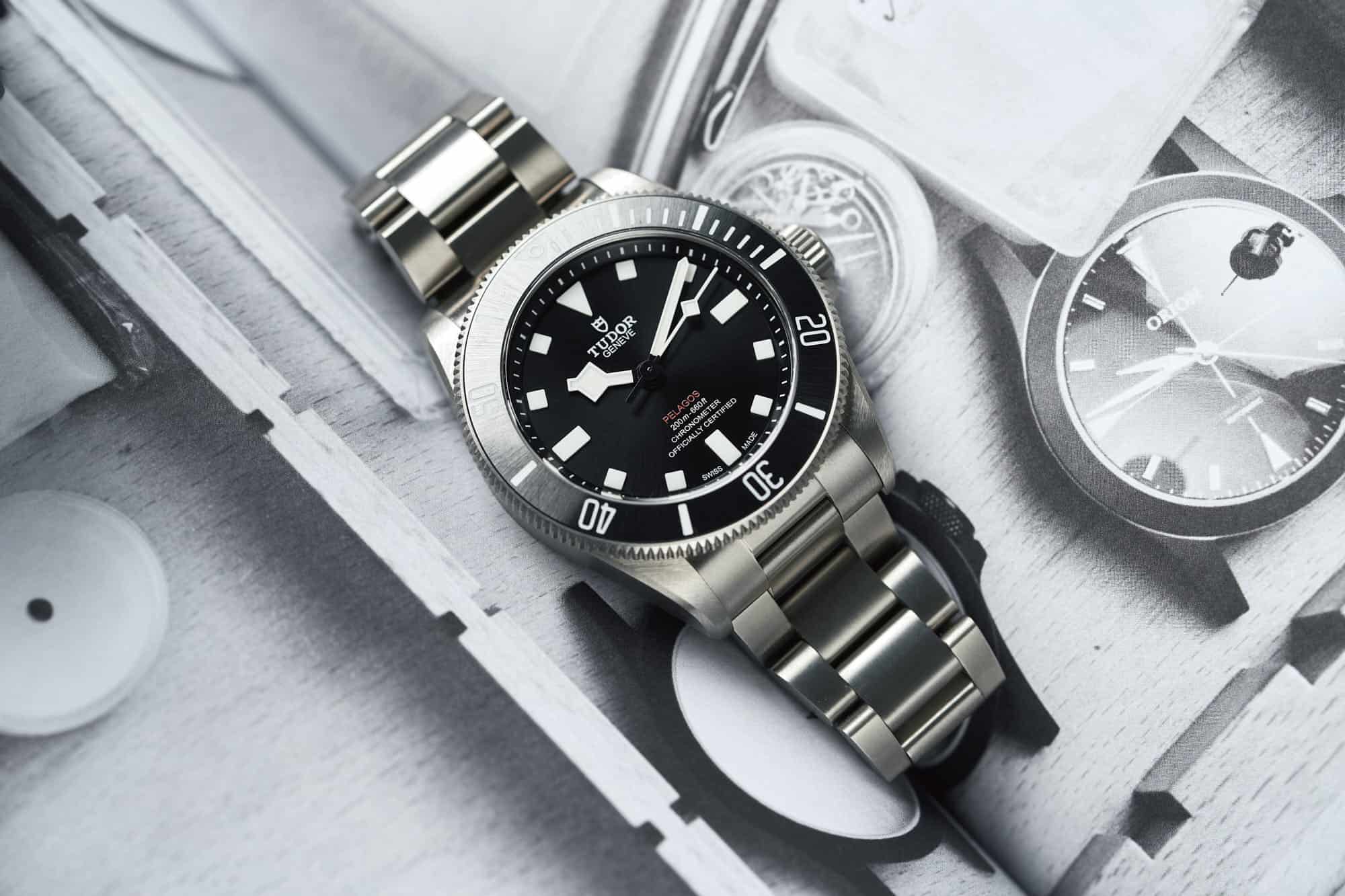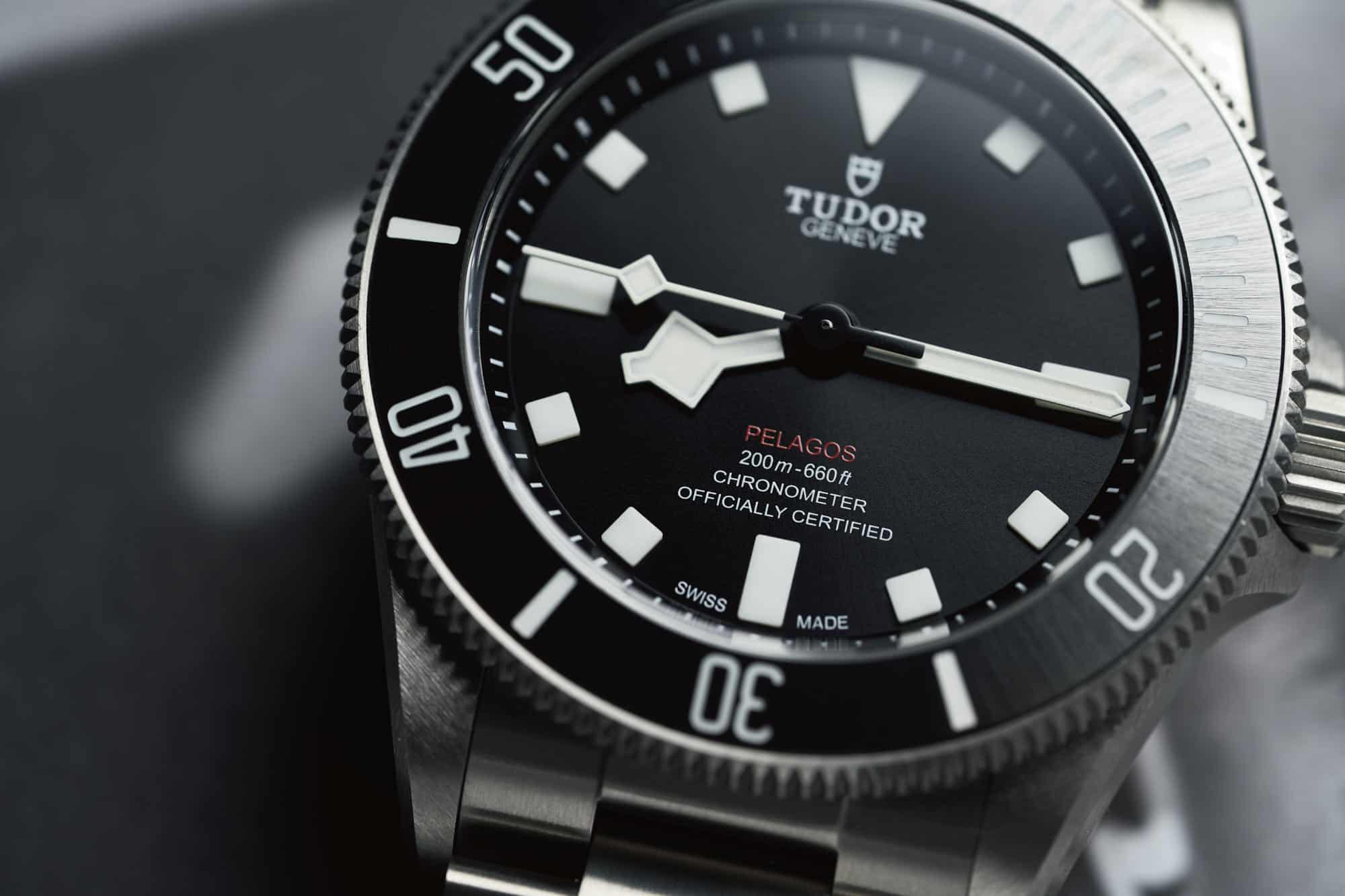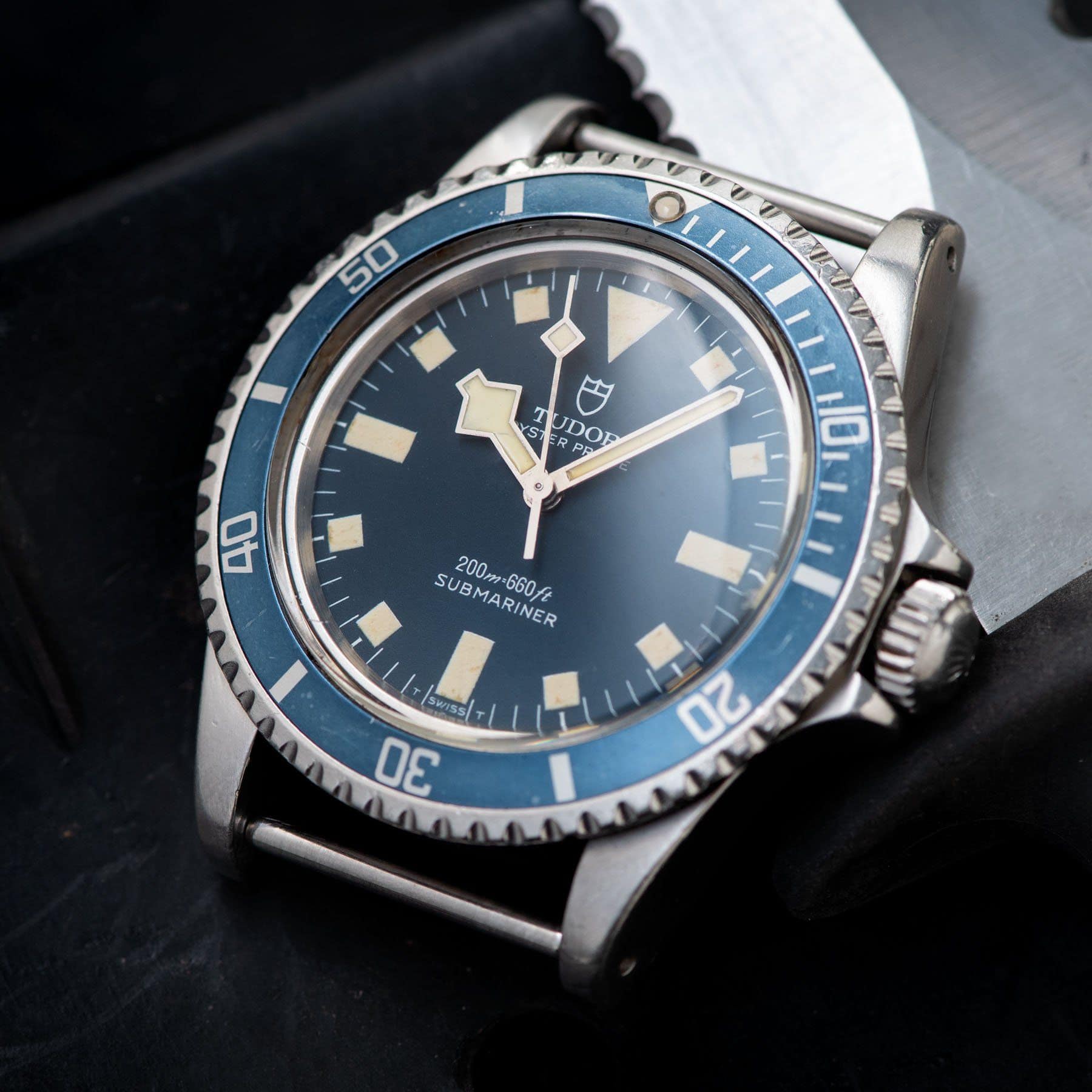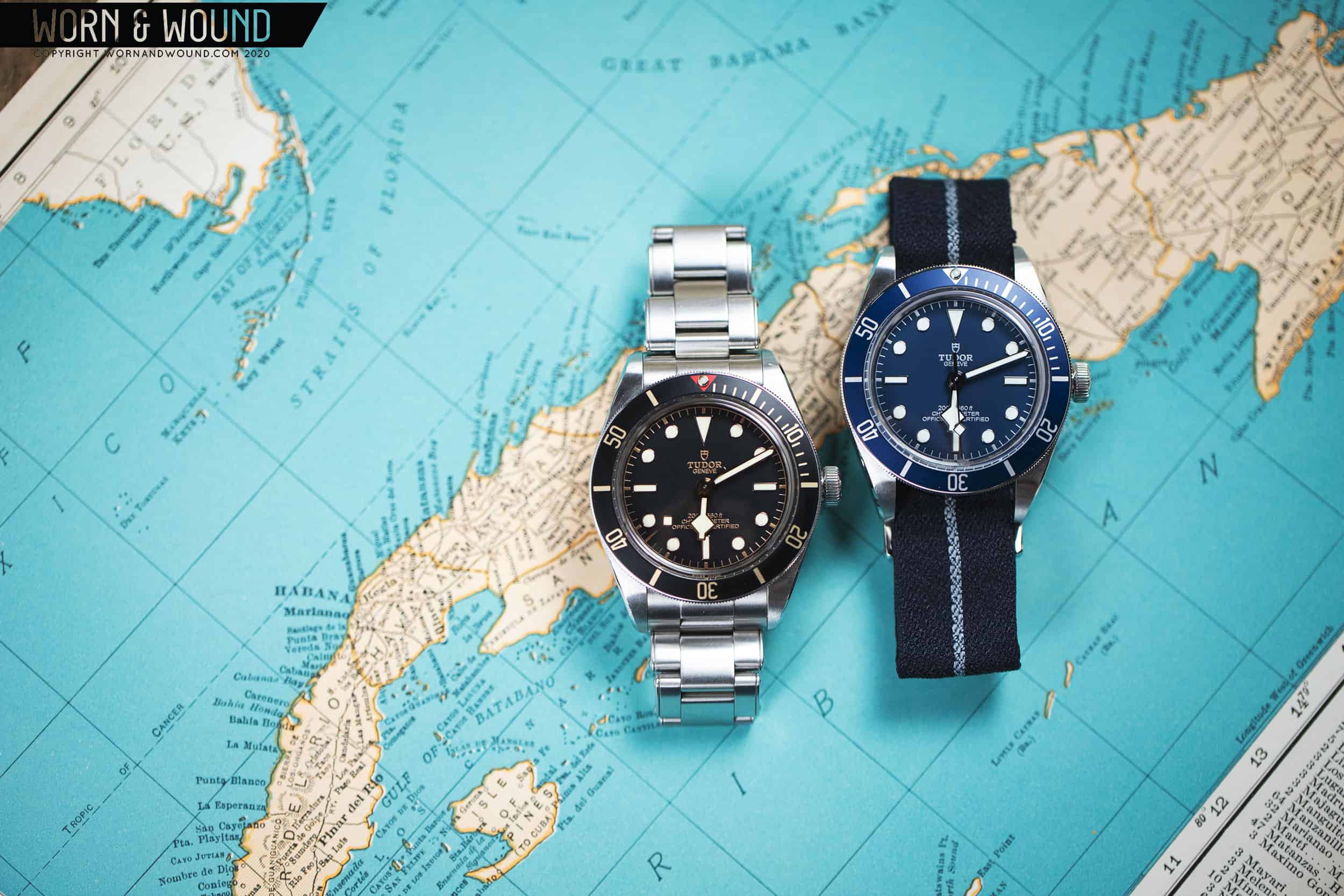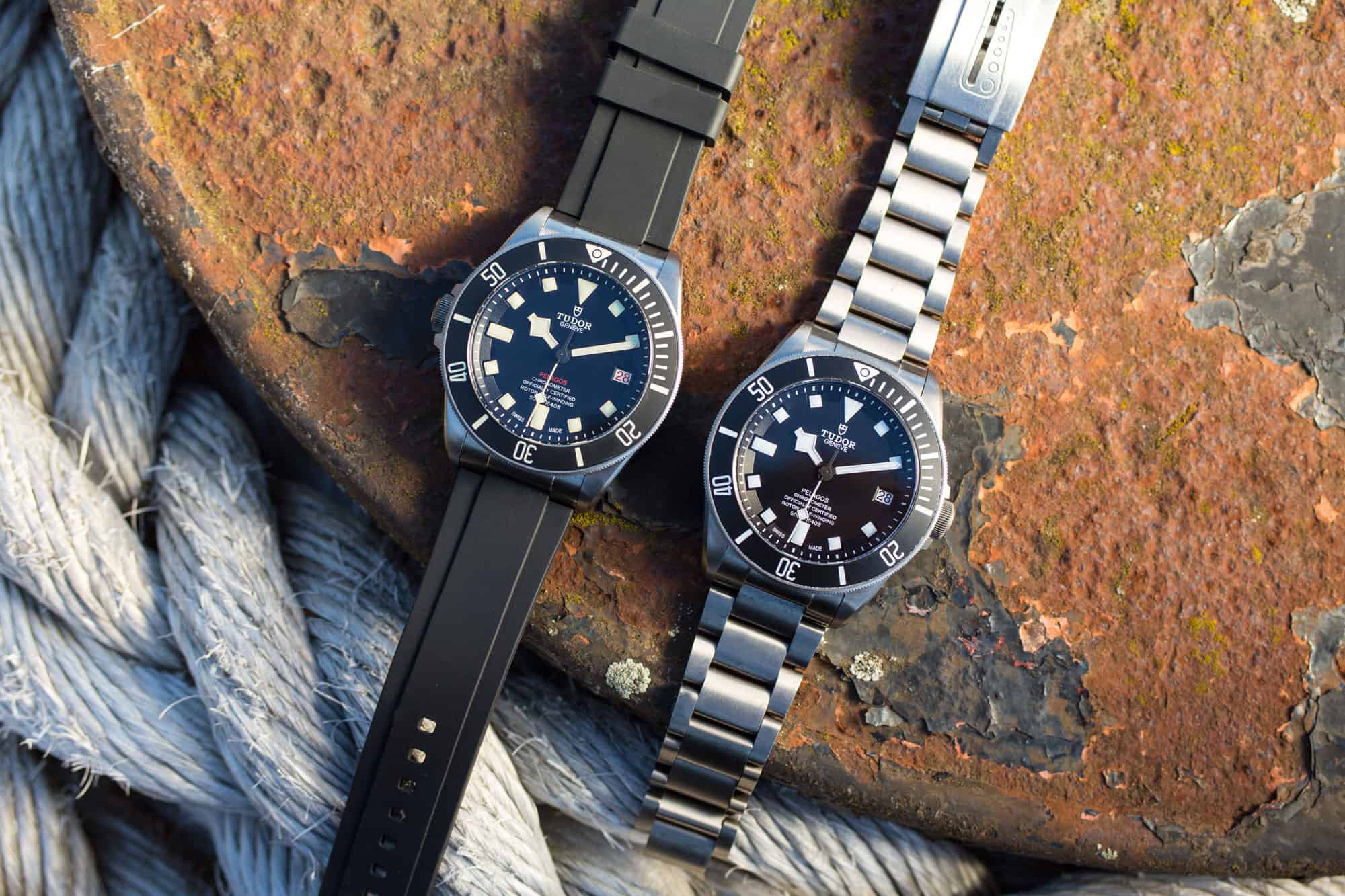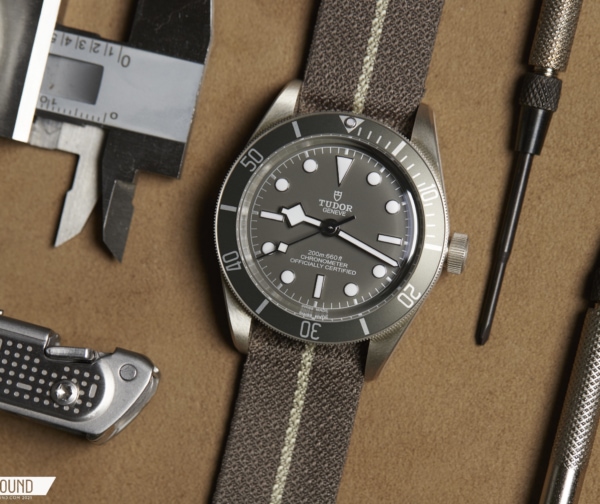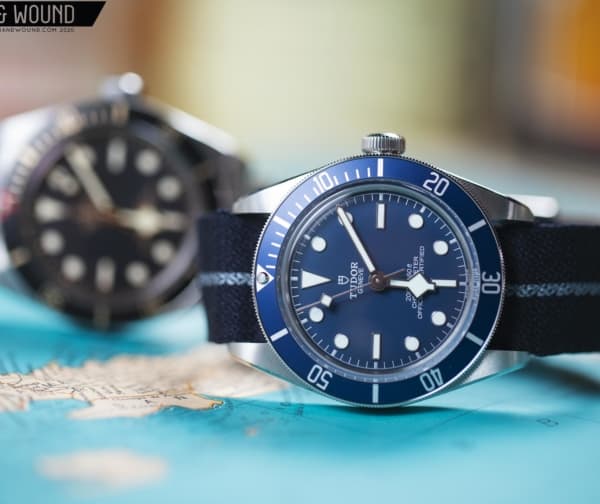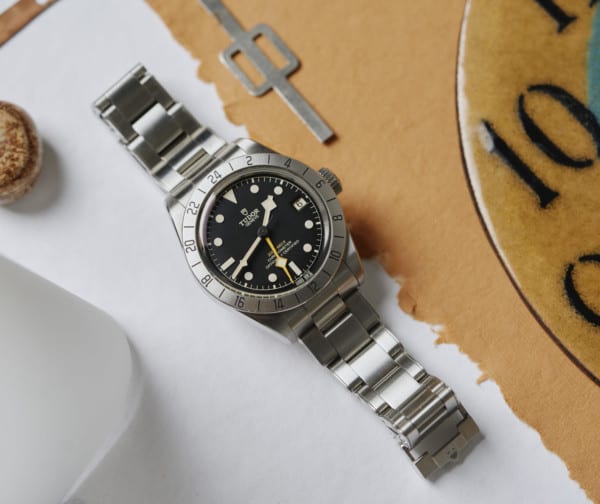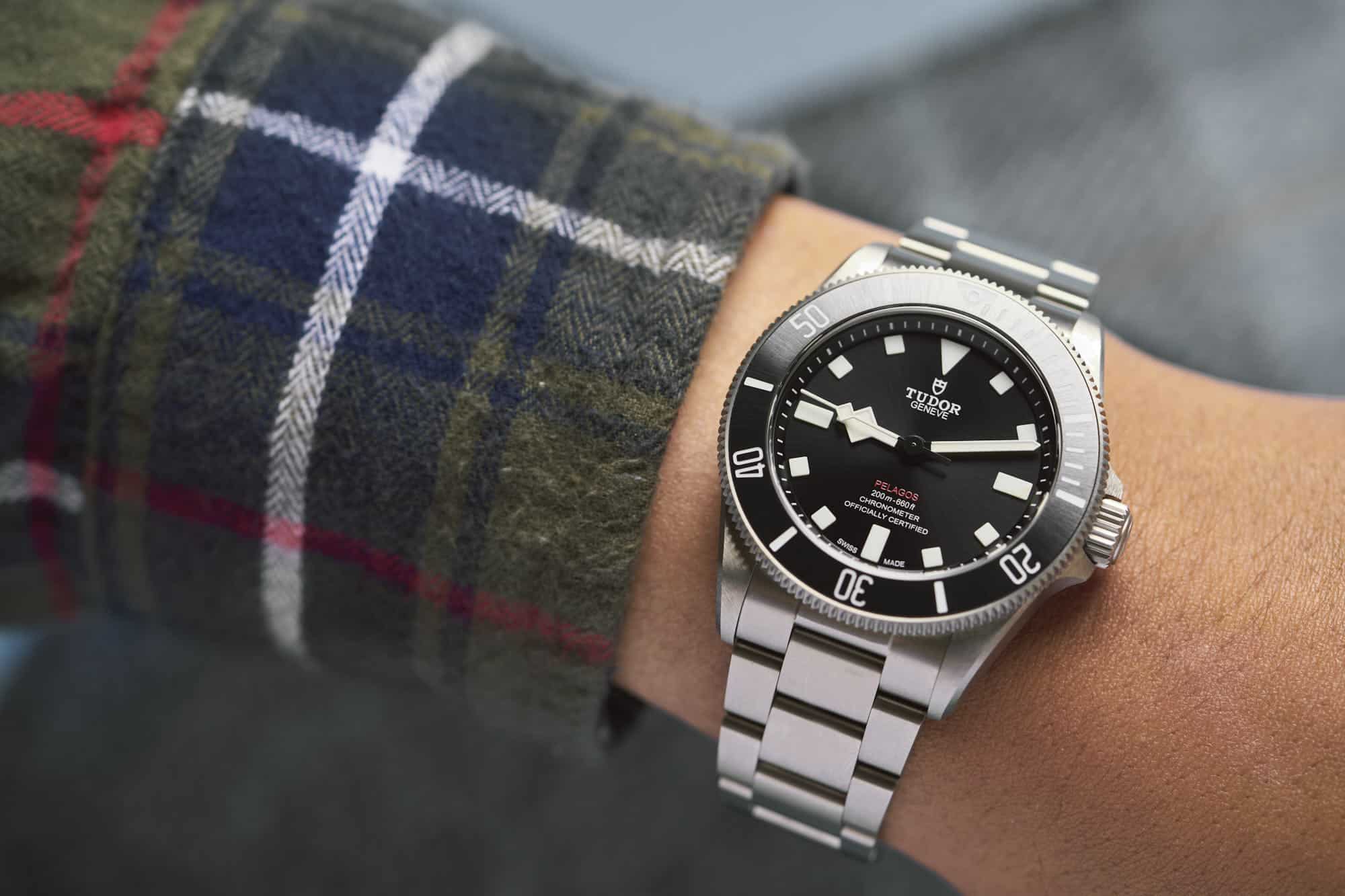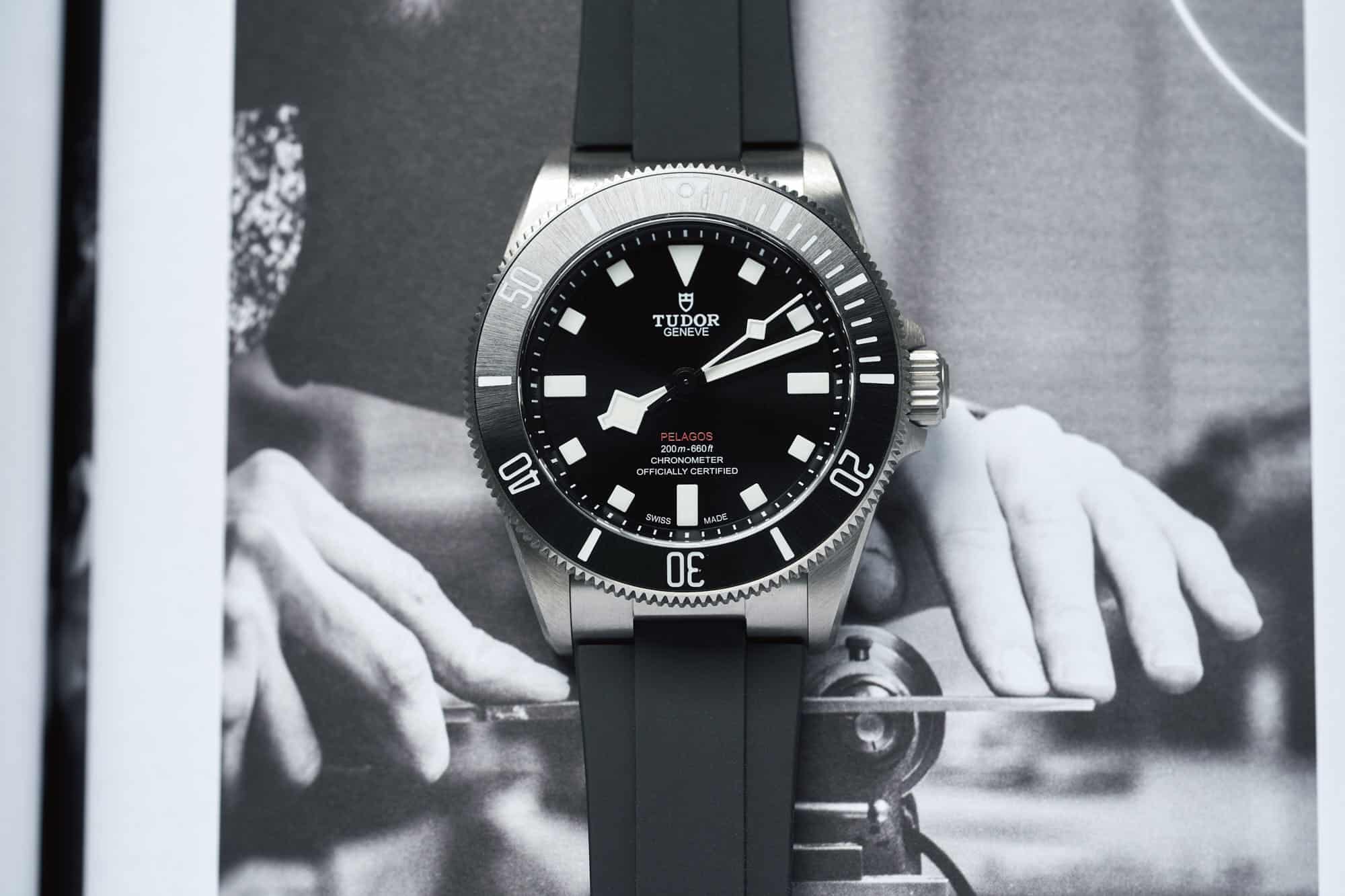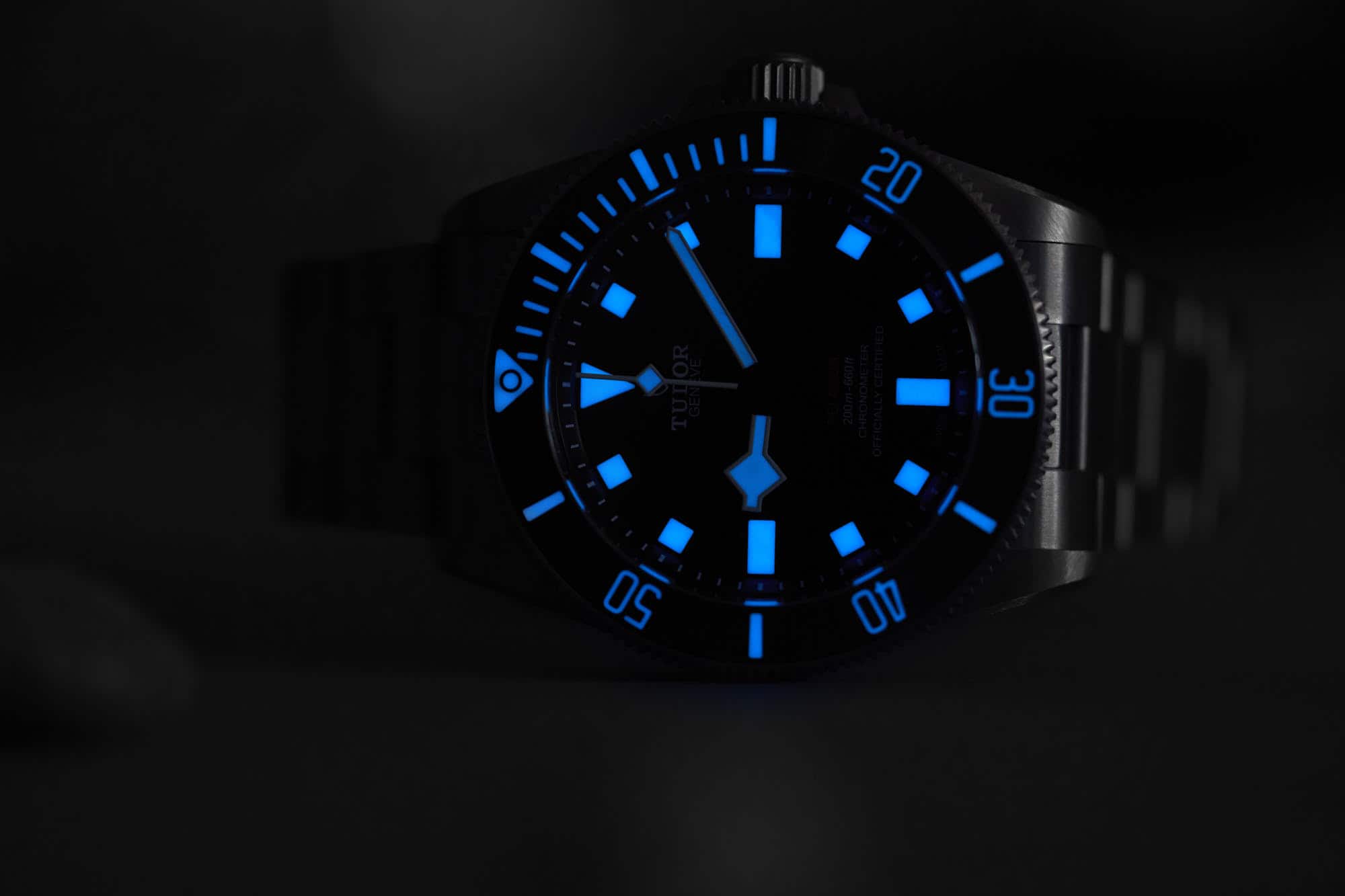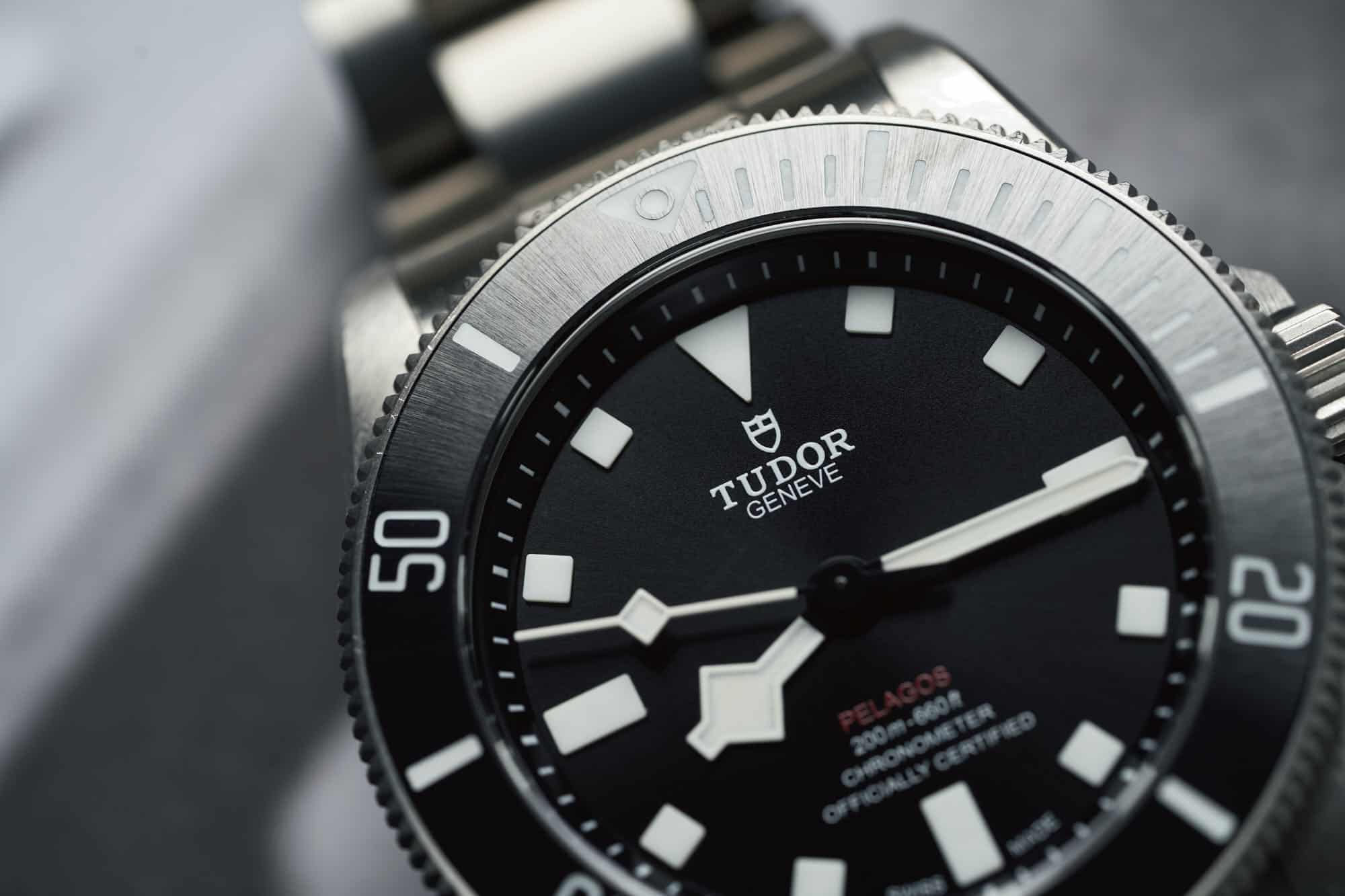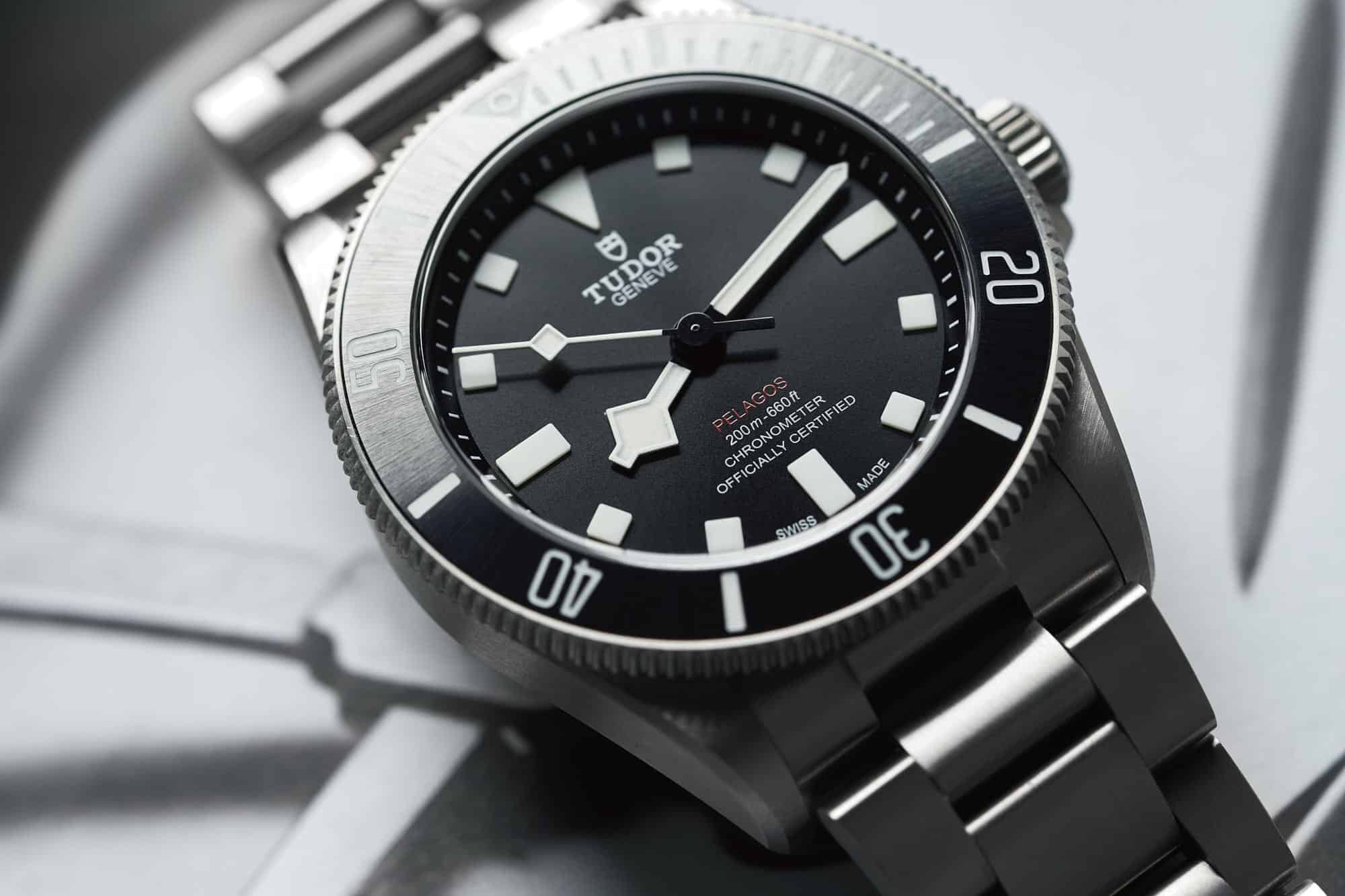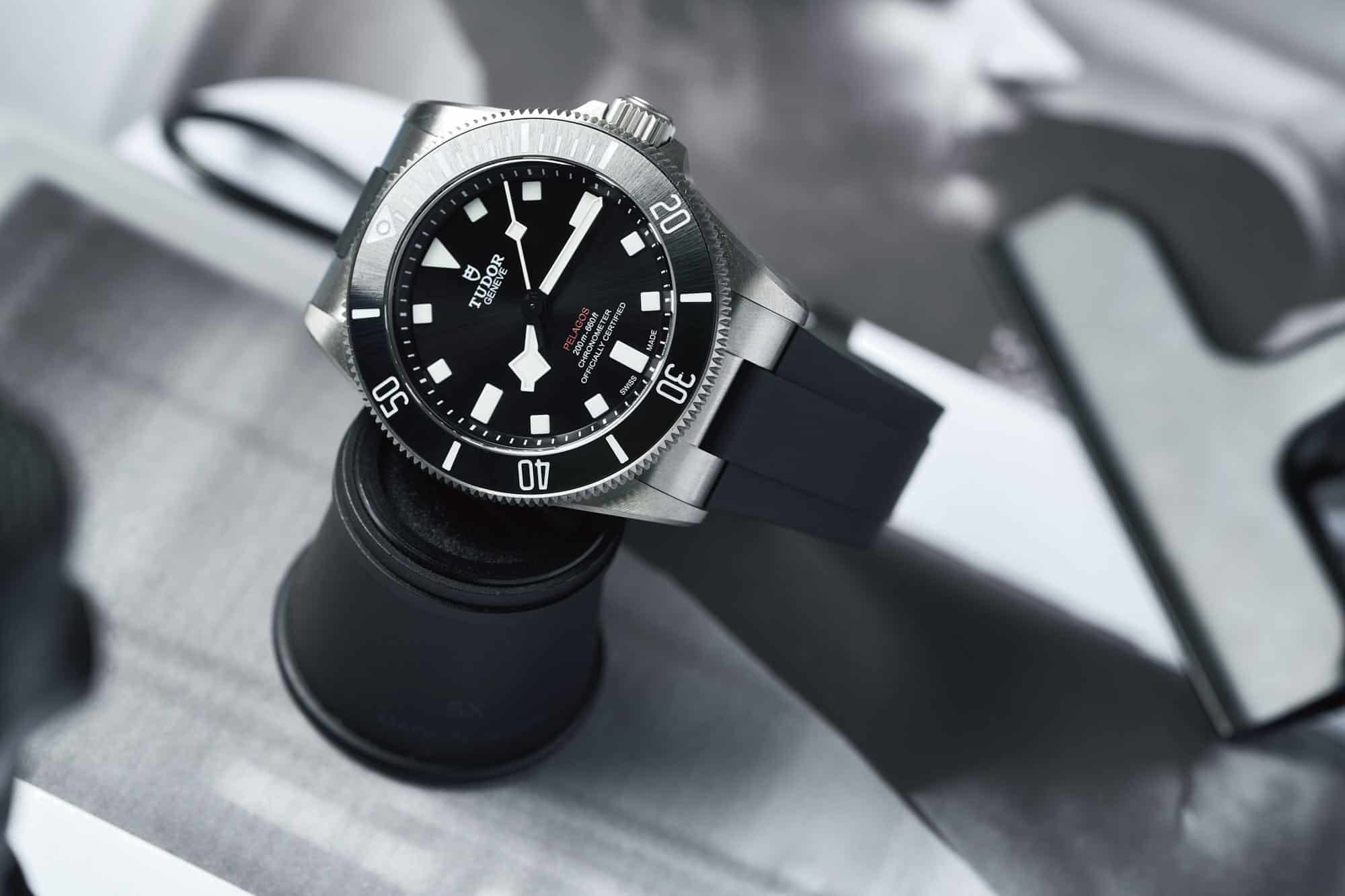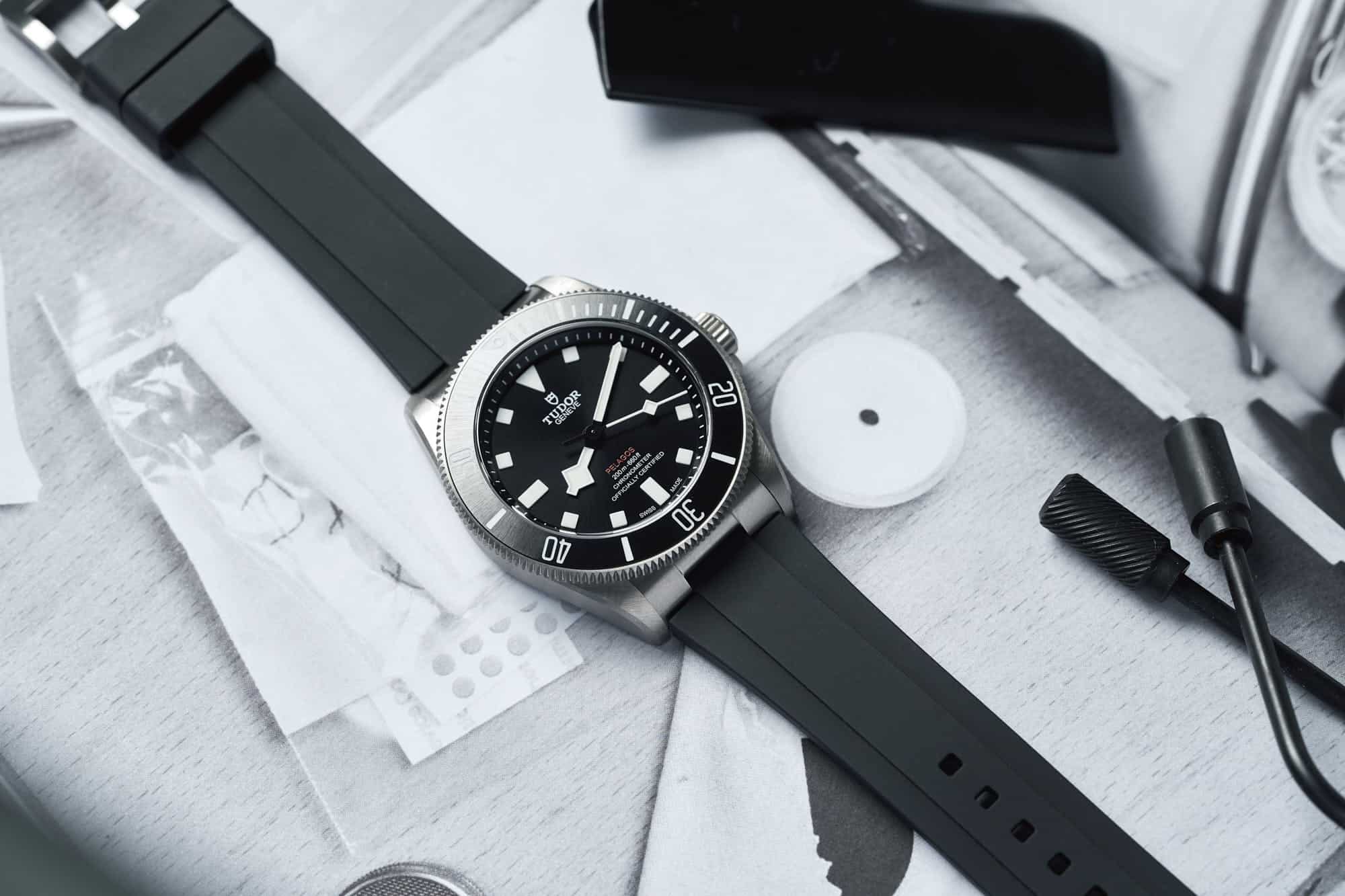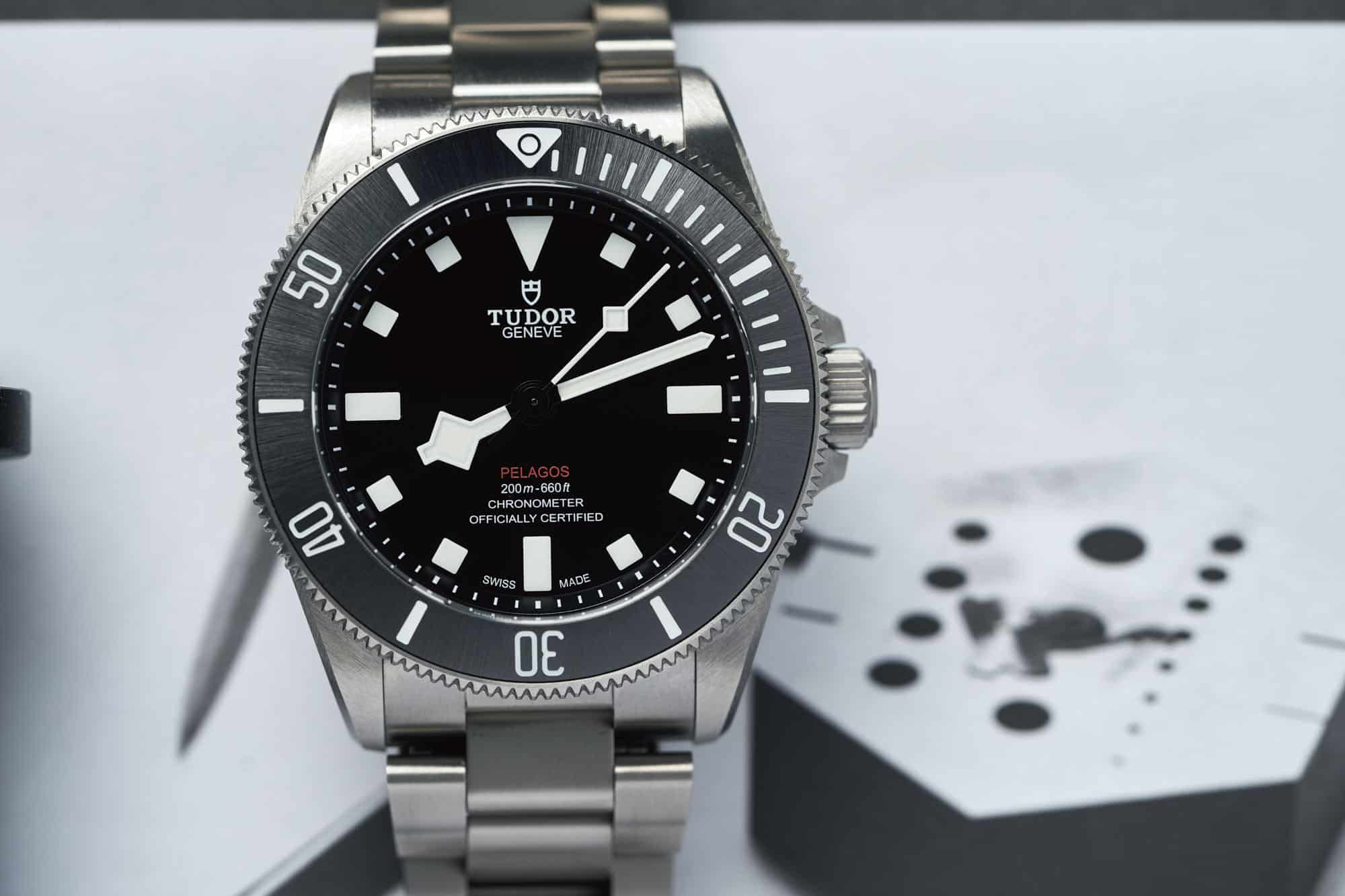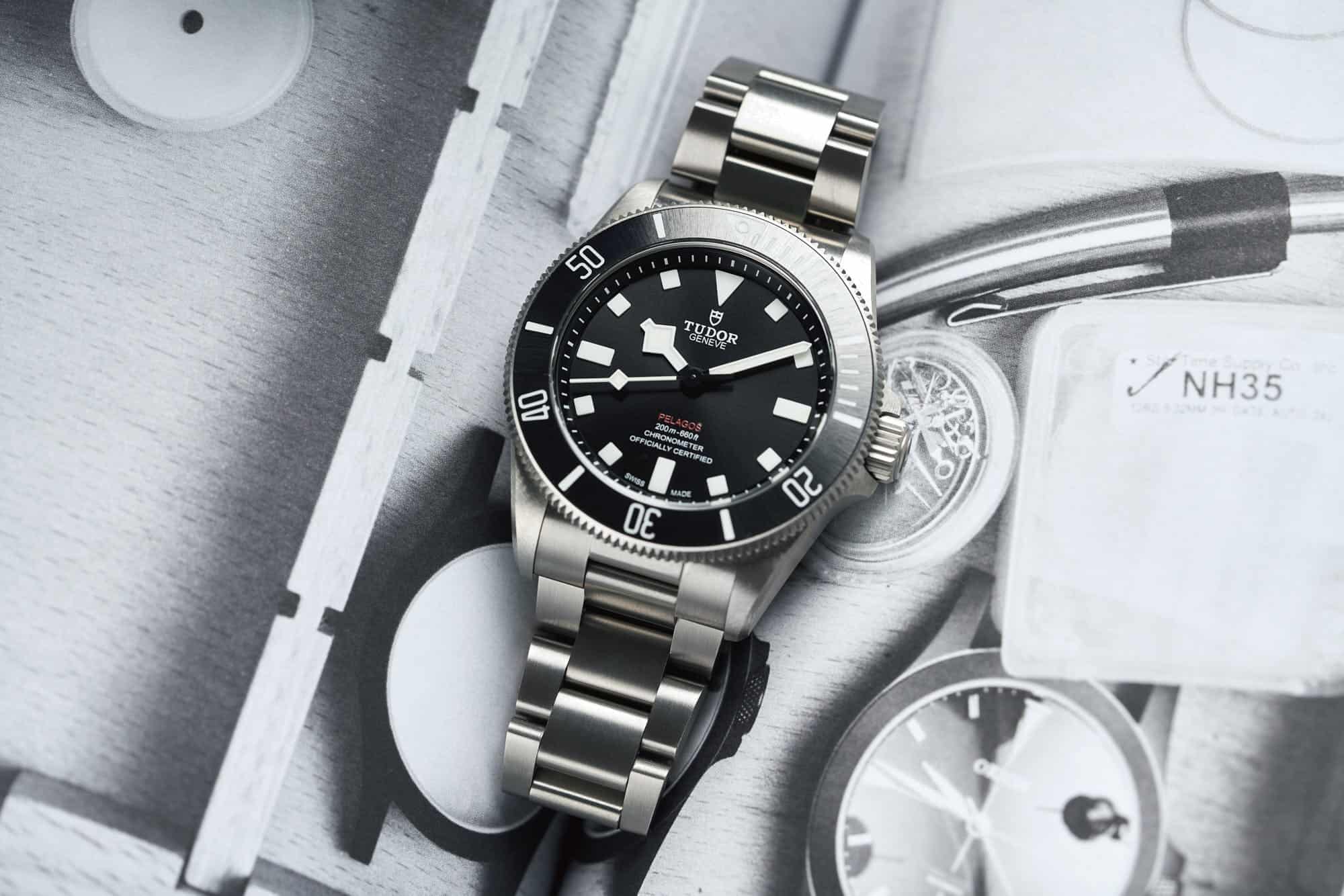The Pelagos has always been a watch with no middle ground. It’s not for everyone, and it never really tried to be. It wore its identity on its sleeve and scoffed at the conventional wisdom of more demure tool watches built for easy everyday wear. That is, until now. The new Pelagos 39 is a tool watch that is, without jumping the gun here, remarkably easy to wear everyday. As good a watch as the Pelagos 39 is, it does bring the Pelagos (pronounced Pelagos, not Pelagos, btw) in general to a bit of a crossroads in regards to its identity. Taking a step back, this is a move that very much falls in line with Tudor’s broader gameplan, from my point of view, at least, so perhaps it shouldn’t come as a surprise. But then, why does it feel so surprising?
There are two ways to think about the P39: as a part of the otherwise air-tight Pelagos family, and as a Tudor dive watch. Of course, it is both of those things, but I’d call this a great Tudor dive watch (and a great watch, full stop) first and foremost. As a Pelagos, this is a somewhat frustrating watch; not for what it is, but for what it isn’t.









 Featured Videos
Featured Videos




